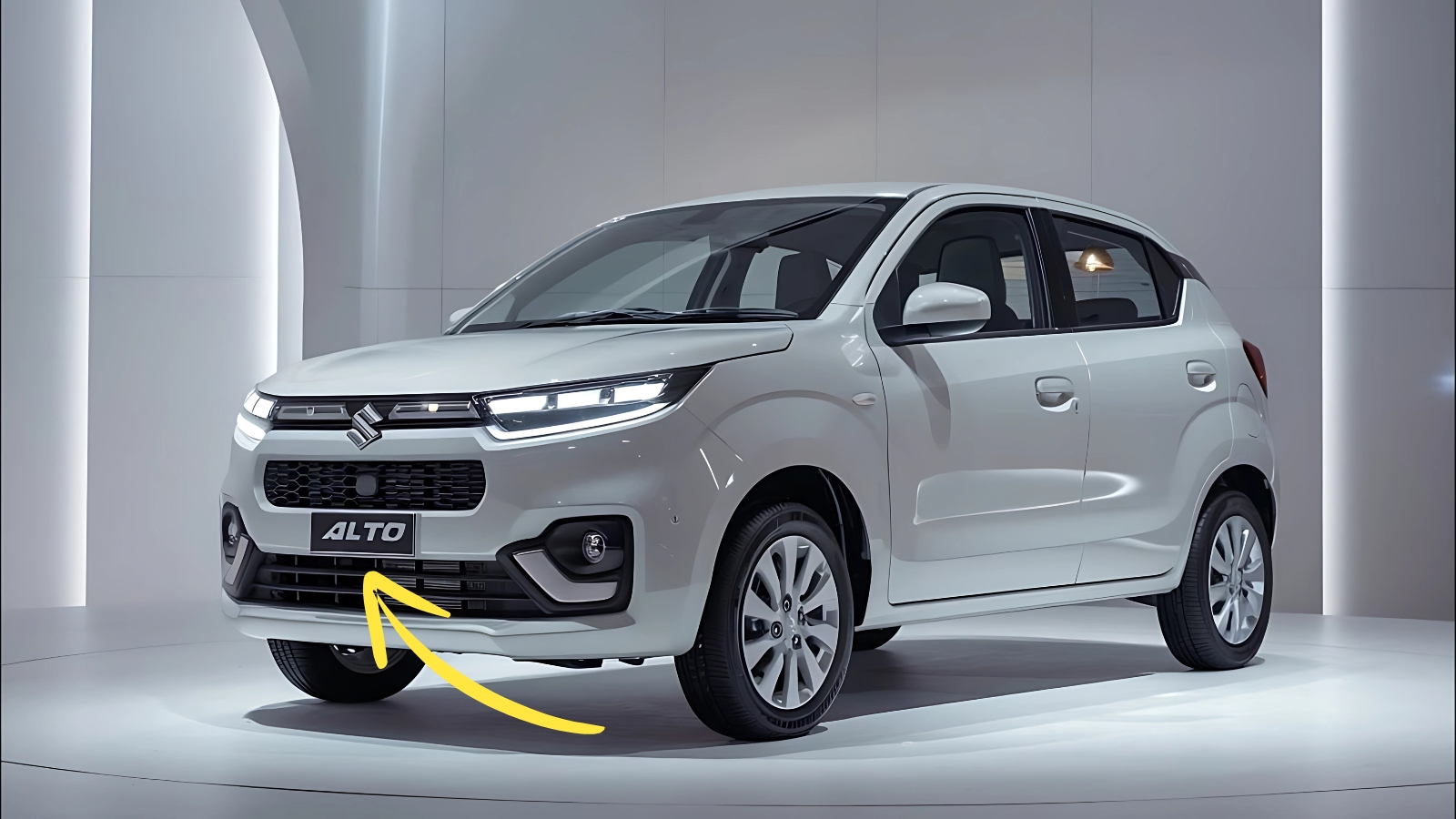Maruti Suzuki Alto 800: The automotive industry continues to witness dramatic shifts as one of India’s most iconic budget vehicles, the Maruti Suzuki Alto 800, navigates through uncertain territory following its official discontinuation. Once the undisputed king of India’s entry-level car segment, the Alto 800’s journey from market dominance to production halt reflects broader changes in consumer preferences, regulatory requirements, and safety standards that have reshaped the affordable mobility landscape.
Production Halt Marks End of an Era
Maruti Suzuki has officially stopped the production of one of its best-selling cars, the Alto 800. The company attributed discontinuation of the Alto 800 to financial deficiencies. This decision effectively ended the production run of a vehicle that had served as the backbone of Indian personal mobility for over a decade, helping millions of families transition from two-wheelers to four-wheel transportation.
The discontinuation came as the Alto 800 failed to meet increasingly stringent safety and emission standards. The Alto 800 did not comply with BSVI emissions standards and was thus discontinued in 2023 when BSVI Stage II was enforced. This regulatory compliance challenge proved insurmountable for the aging platform, despite its continued popularity among budget-conscious buyers seeking reliable transportation solutions.
At the time of discontinuation, the Alto 800 was priced from Rs 3.25 lakh to Rs 5.13 lakh (ex-showroom Delhi), making it one of the most affordable new cars available in the Indian market. The model offered both petrol and CNG variants, with the CNG version delivering an impressive claimed mileage of 31.59 km/kg, addressing the fuel efficiency concerns of cost-conscious consumers.
Market Impact and Consumer Response
The Alto 800’s market presence had been formidable throughout its production run. Since 2006, the Alto has been India’s best-selling car and crossed the 1 million production figure in February 2008 becoming the third Maruti model to cross the million mark in India after Maruti 800 and Maruti Omni. By 2024, the Alto nameplate had achieved the distinction of being the only car in India to sell over 5 million units across all generations.
Consumer testimonials reveal the emotional connection many buyers developed with the Alto 800. Owner reviews consistently highlighted its reliability, low maintenance costs, and fuel efficiency as primary attractions. The vehicle’s compact dimensions and light controls made it particularly appealing to first-time car buyers, urban commuters, and families seeking affordable personal transportation.
The discontinuation created a significant gap in the ultra-affordable car segment, forcing many potential buyers to consider alternatives like the Alto K10, which now serves as Maruti’s entry-level offering at a higher price point starting from Rs 4.23 lakh.

Revival Rumors and Future Prospects
Recent industry speculation suggests potential revival plans for the Alto 800 nameplate. Various reports indicate that Maruti Suzuki may be considering reintroducing the model with substantial updates to address regulatory compliance issues while maintaining its core value proposition. These rumored developments include hybrid-ready powertrains, enhanced safety features, and modern connectivity options.
Potential comeback scenarios envision the Alto 800 returning with significant technological upgrades including BS6 Phase-2 compliant engines, mandatory safety features like dual airbags and ABS, and contemporary convenience features such as touchscreen infotainment systems. Such modifications would likely increase the vehicle’s price point but could restore its market viability.
The business case for revival remains compelling given the continued demand for affordable personal transportation in India. Market analysis suggests substantial unmet demand in the ultra-budget segment, particularly in tier-2 and tier-3 cities where price sensitivity remains paramount.
Industry Implications and Market Dynamics
The Alto 800’s discontinuation reflects broader automotive industry trends toward premiumization and regulatory compliance. Safety standards, emission norms, and feature expectations have collectively elevated the minimum viable price point for new cars, potentially pricing out traditional entry-level buyers.
This market evolution has implications beyond individual model lifecycles, affecting automotive accessibility and the transition from two-wheeler to four-wheeler mobility. The absence of ultra-affordable options may delay car adoption among price-sensitive consumers, impacting overall market growth patterns.
Samsung F63 5G launched with 64MP camera – battery is 7000mAH
Maruti Suzuki Alto 800 Conclusion
The Maruti Suzuki Alto 800’s story illustrates the challenges facing traditional budget vehicles in contemporary automotive markets. While its discontinuation marked the end of an era characterized by uncompromising affordability, potential revival discussions suggest recognition of its continued market relevance. Whether the Alto 800 nameplate returns in a modernized form or remains a cherished memory of accessible motoring, its impact on Indian automotive history remains undeniable. For millions of families, the Alto 800 represented their first step into car ownership, a legacy that transcends production statistics and regulatory compliance challenges.
